Stop letting clients (and exes!) break your heart. Teach people how to treat you! (We’ll show you how.)
We teach people how to treat us through our actions AND our inactions.
Back in my late twenties, I dated a guy that I really liked. He was nice, fun, funny, and we had a great time on dates. Then all of a sudden: he ghosted me. It was baffling!
A few weeks later, he resurfaced, with major apologies. What did I do? I said it was okay, and I let him back into my life. We repeated this unhealthy, infuriating cycle three or four times.
I hate admitting this now, but he was treating me like a doormat because I was acting like a doormat. And I was the only one who could stop it.
Like jerky ex-boyfriends, we also teach our clients how to treat us every time we interact with them.
Do you want clients to treat you with respect, value your time, and honor your talent? Then keep reading!
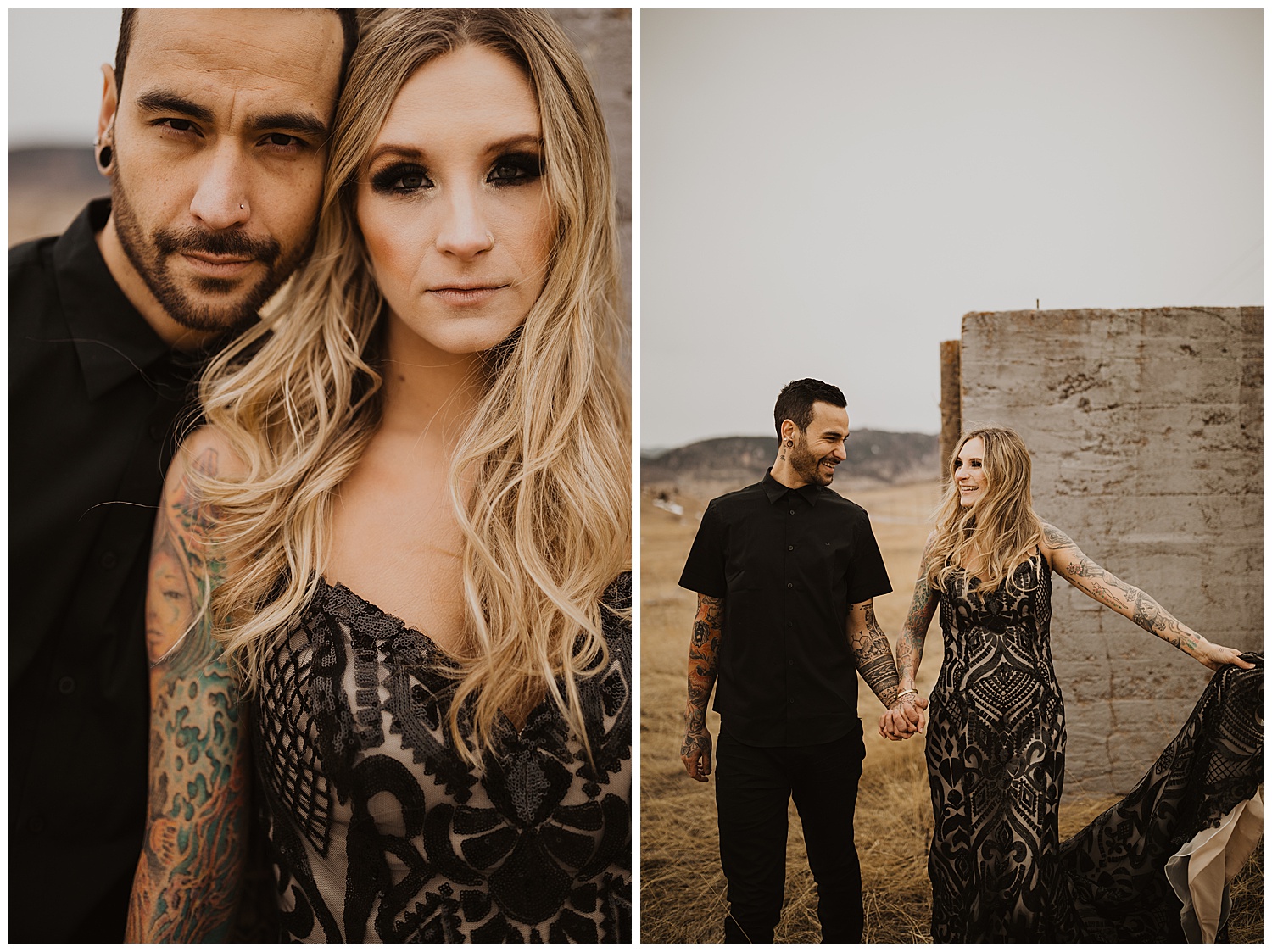
Ashlee Crowden
What does it mean to teach clients how to treat you?
Even if you have the best clients in the world, you will eventually have one that pushes your buttons. She may try to negotiate a lower price, fit two sessions into one to save money, push you to do additional edits, arrive late then complain they felt rushed.
When you encounter these clients you have two choices: silently acquiesce and fume later OR take ownership of the situation and teach your clients how to treat you correctly.
You teach clients how to treat you by:
- Communicating in firm, clear, language
- Laying out clear expectations about your session and policies
- Not comprising your needs and values, even if it means disappointing a client
- Following through with your expectations
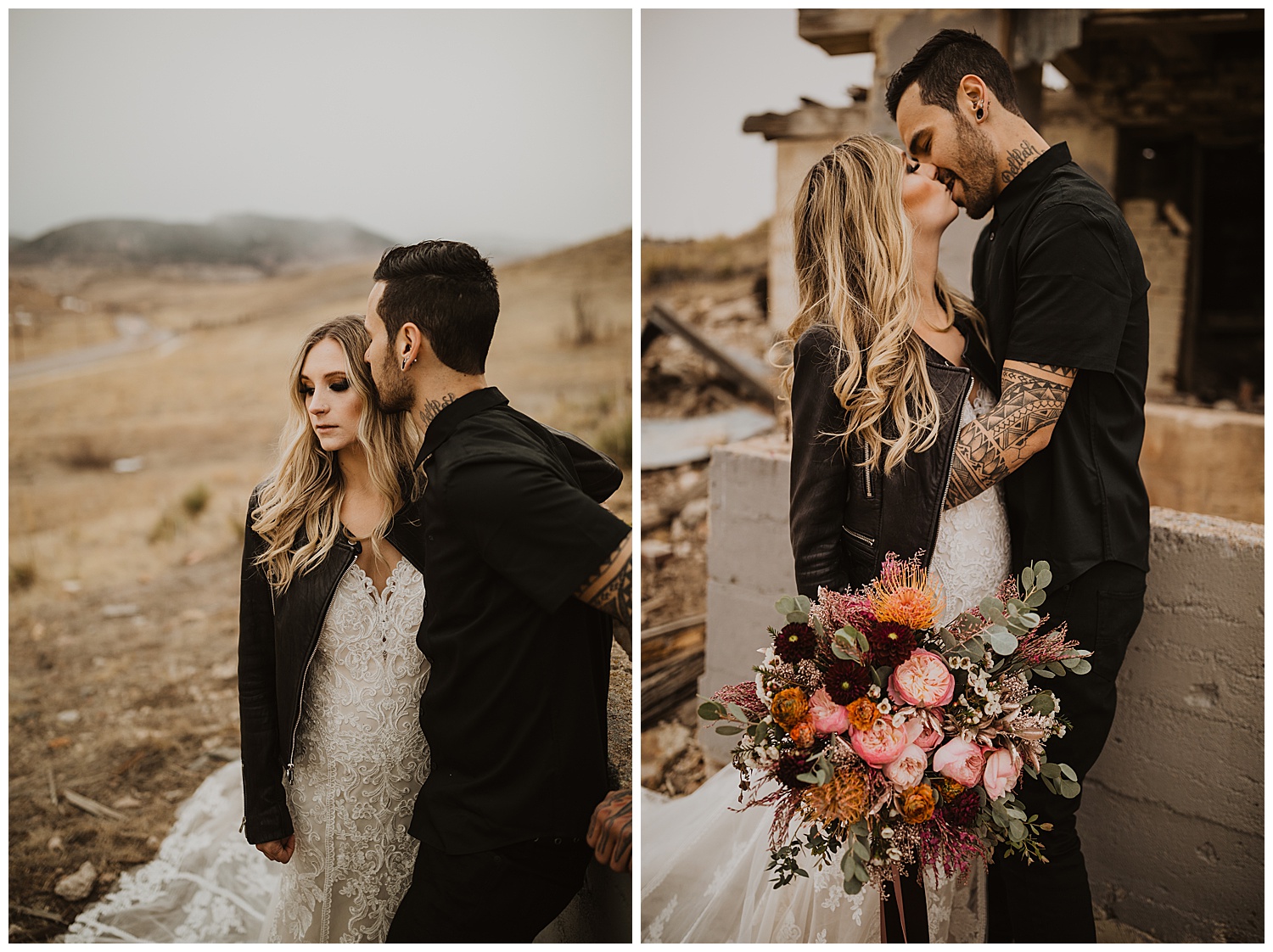
Ashlee Crowden
Let’s look at some examples of a client interaction that pushes ALL the buttons:
Teaching Opportunity #1: The two-for-one seeker
Situation: You’re hosting 15-minute Easter mini-sessions for up to three children. A client calls and wants to book a mini-session. She also asks if you could take a few quick pictures of her family at the very end of the session.
Typical response: “My background doesn’t really fit families.”
Teaching response: “These are child-only sessions. I will not be photographing any families during my mini-sessions. I will send you my family welcome guide if you’d like to book a family portrait session another day.”
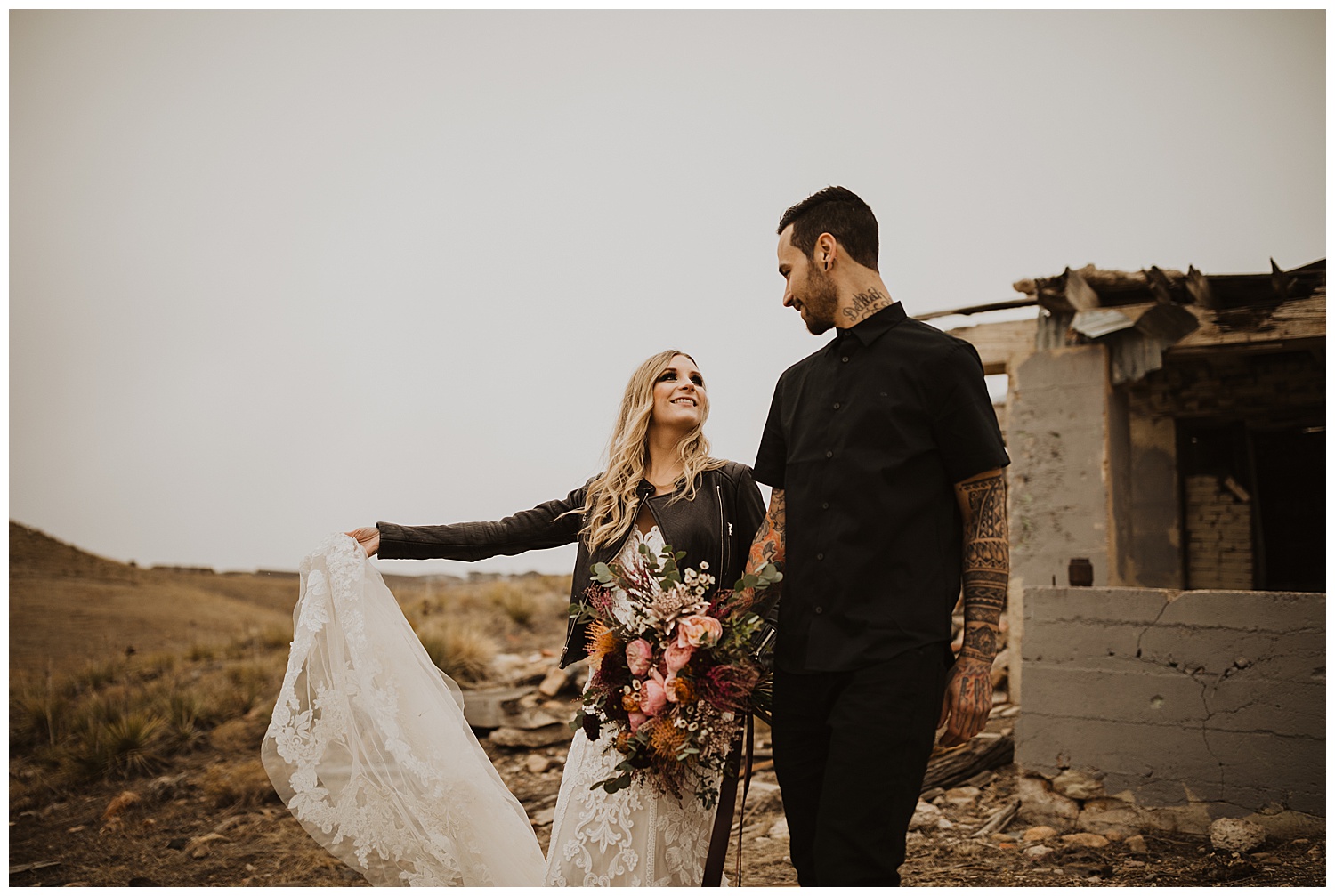
Ashlee Crowden
Teaching Opportunity #2: The late arrival
Situation: Your client shows up 5 minutes late to the 15-minute session.
Typical response: “It’s okay, we can make it work. You’re the last client of the day. I can stay a little later.”
Teaching response: “I understand that things happen! We have 10 minutes left in our session, so let’s make the most of the time remaining.”
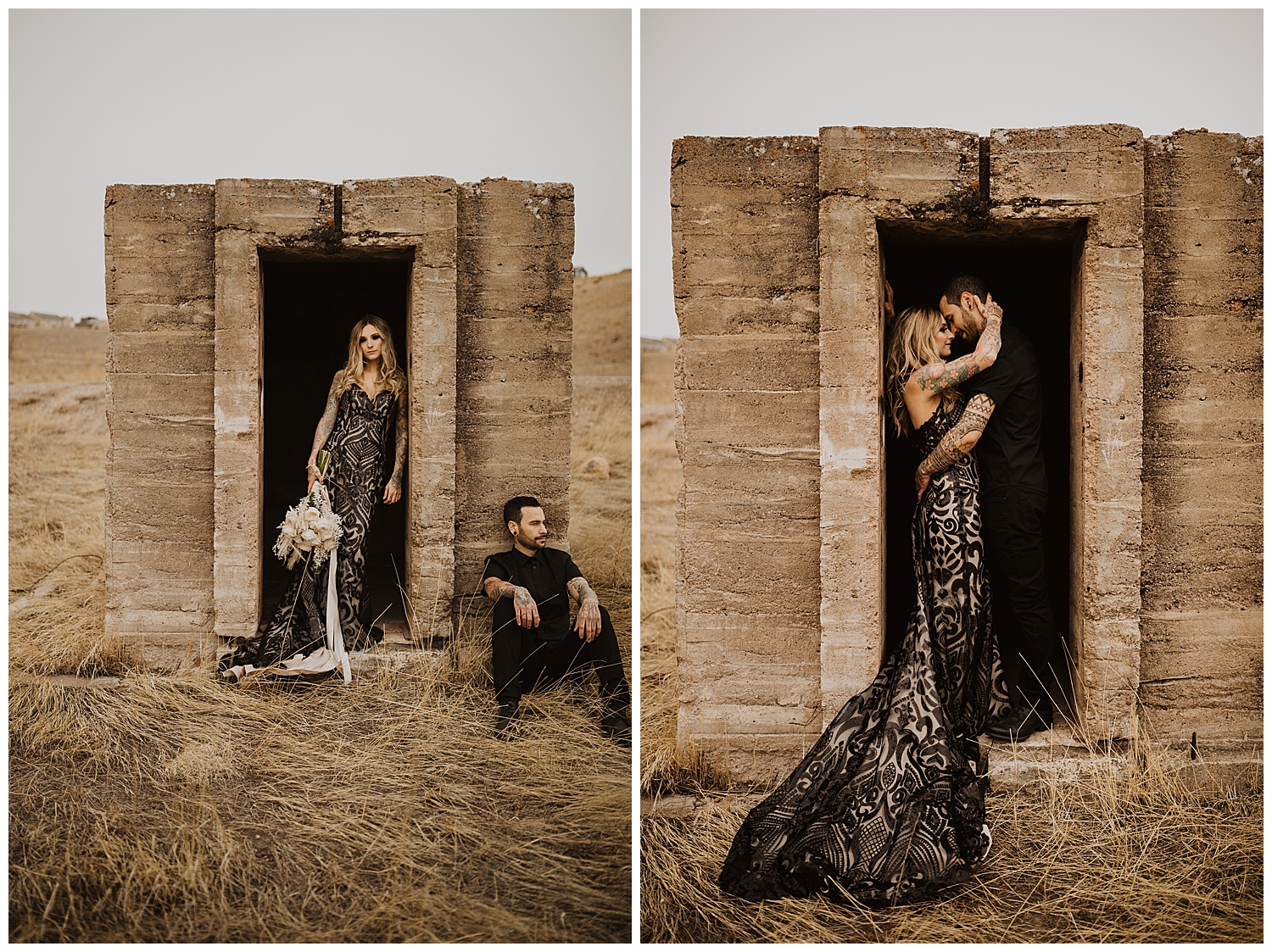
Ashlee Crowden
Teaching Opportunity #3: The instant gratification seeker
Situation: After the session, your client asks if she really has to wait two weeks for her images because she’s just so excited.
Typical response: You laugh and say “I’ll see what I can do.”
Teaching response: “I know it’s hard to wait! That’s why I provide sneak peeks in 24 hours. Your full gallery will be ready within two weeks, so look for my e-mail with viewing instructions on March 31.”
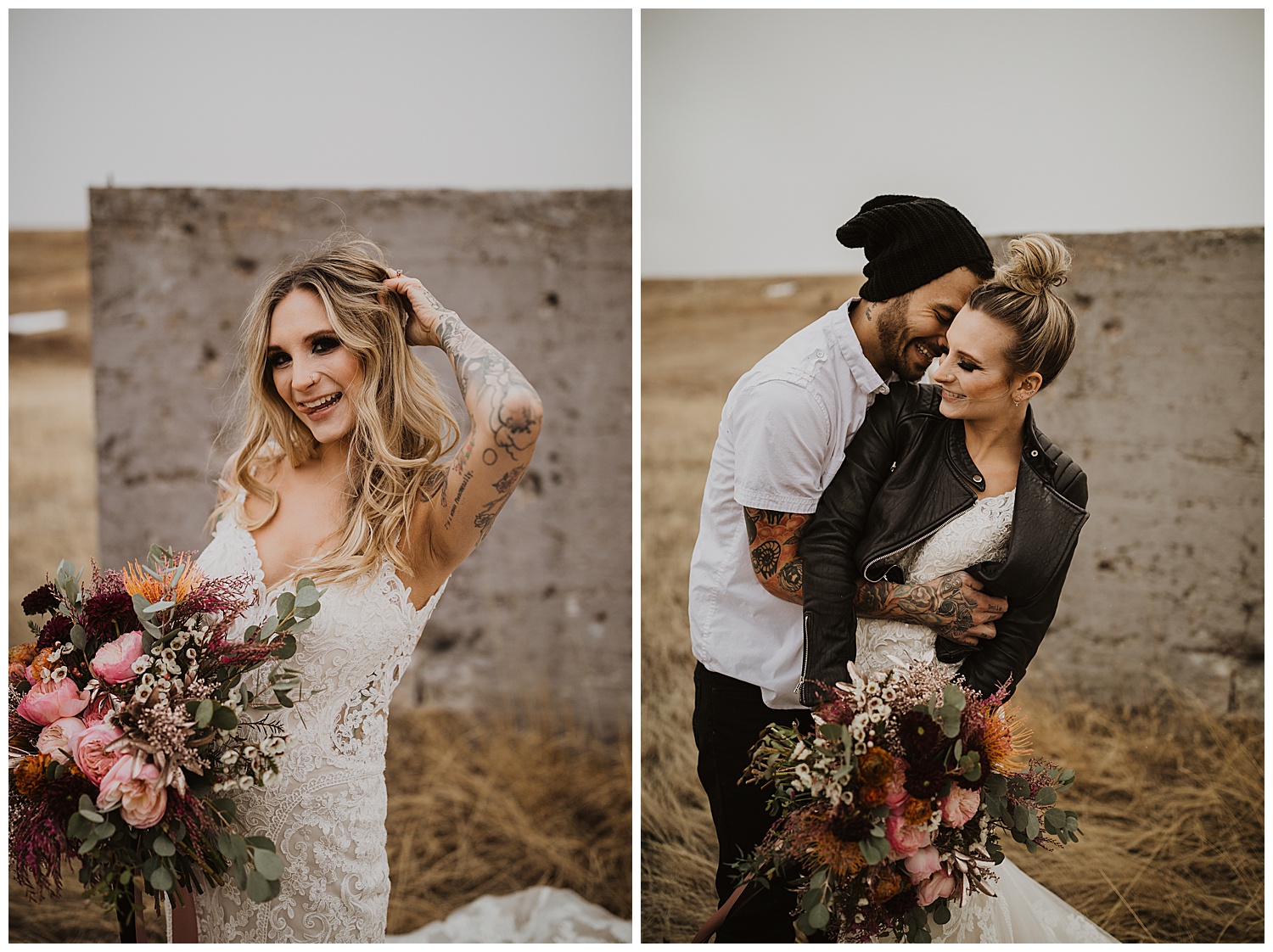
Ashlee Crowden
Teaching Opportunity #4: The “I just need a few images!”
Situation: The day following your session, the client calls. “We can’t wait to see the pictures. I know you said two weeks, but we’re headed to my mom’s for the holidays. Can you please give me two real quick so I can gift them to her for her birthday?”
Typical response: “Sure.” Then you grumble, edit two favorites, and send them to her because you want to be accommodating.
Teaching response: “I can provide rush services for you. It will be an additional $50 per image for me to edit those today. Would you like me to invoice you for the $100?”
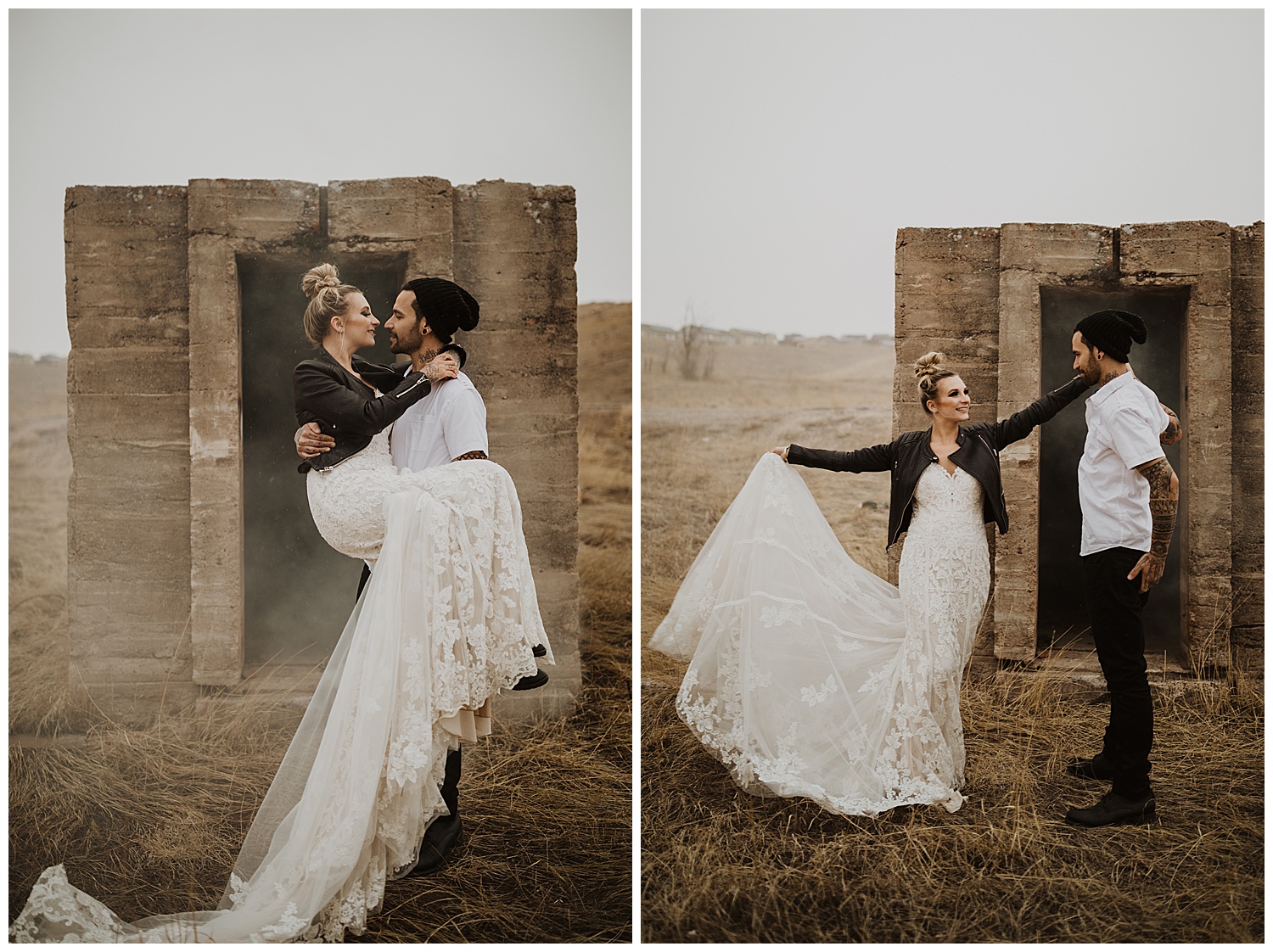
Ashlee Crowden
Teaching Opportunity #5: The rules don’t apply to me
Situation: Your client is unhappy with the images you’ve delivered and wants to see them all and/or make edits.
“Did you get any better ones with the family? Can you Photoshop a different background into the family ones so they look better? I don’t like the six you picked. Can I pick different images?”
Typical response: “WHAT?!? The nerve of this client! I already gave her family pictures, provided two full edits in 24 hours, and finished her gallery in three days. I can’t believe how rude and demanding she is.”
Teaching response: “I’ve picked the best photos from your session to deliver to fill your gallery. I’m happy to provide additional edits for you that exceed the scope of our original contract. Changing the background you selected is possible, but will be a fee of $25 per image. How many would you like edited? I’ll prepare an invoice for payment immediately.”
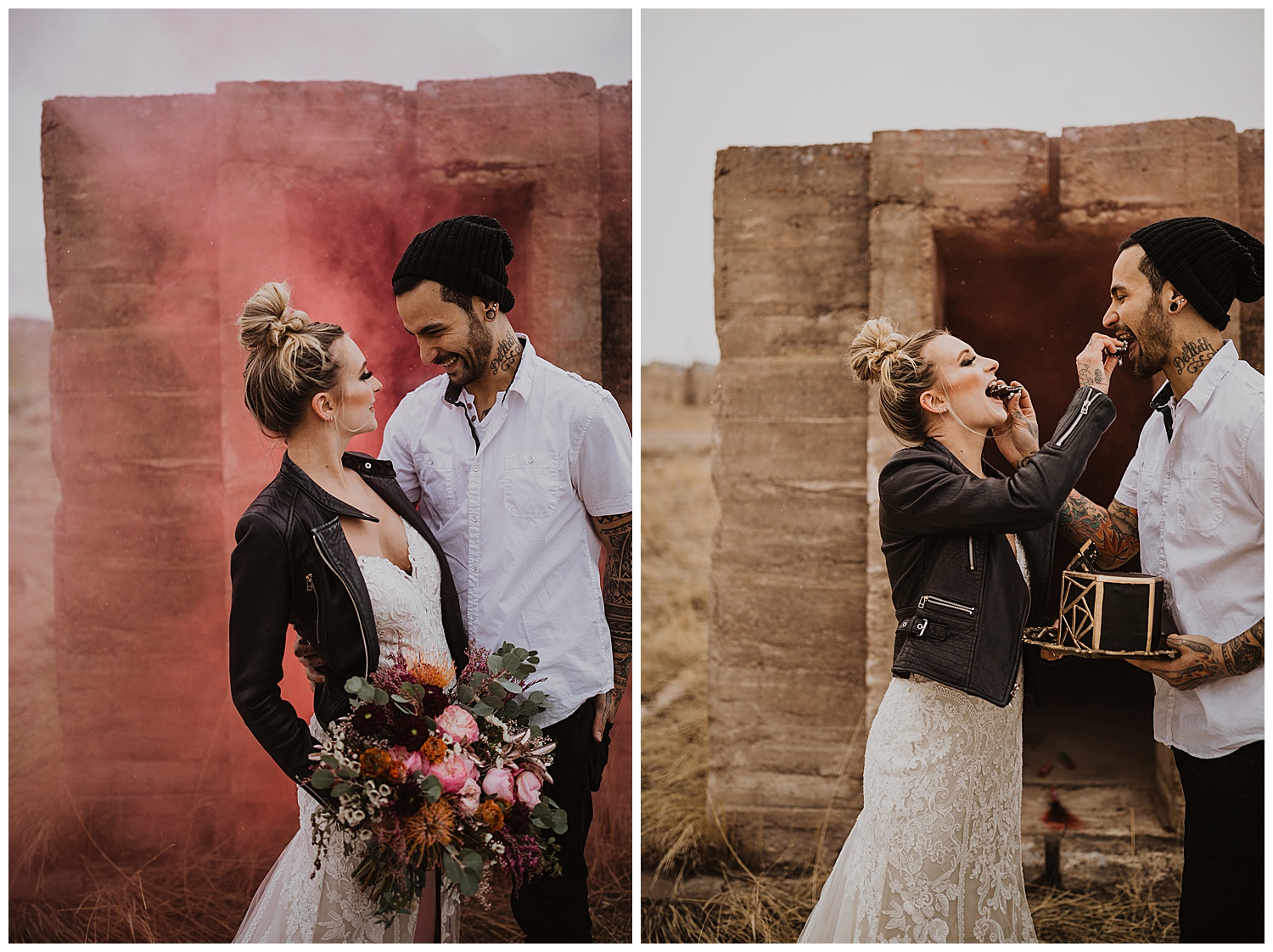
Ashlee Crowden
Do clients get pushy? Absolutely. But your actions, from the beginning, can reinforce bad behavior OR teach how to treat you.
When you take control of client interactions, sessions, and communications, your response dictates future behavior.
Communicate your needs and expectations clearly
Clients don’t know all the things you know about photography. They don’t understand lighting, posing, backgrounds, or how much time goes into editing. They don’t realize that a background that fits a three-year-old can’t accommodate a family of five.
You must educate and communicate the rules of engagement. Here are some tips for assertive and clear communication AND great customer service:
DO:
- Use a contract and review the parameters of the contract with each client.
- Send clients questionnaires to ferret out additional details on what the client expects.
- Speak and write in clear, simple language that tells the client exactly what you expect. “Please arrive five minutes early for your session, dressed and ready to begin shooting promptly at 6:15.”
- Send follow-up, written communication to reiterate expectations or rules.
- Praise good behavior when it happens. “You look like a page of my ‘What to Wear’ guide! These pictures will be extra beautiful because you put so much time into your outfits.”
- Pick up the phone and speak directly to your client when needed.
- Reiterate key concepts or important deadlines verbally, and with written reminders.
- Say no repeatedly if necessary. “As I explained on the phone during booking, this mini-session is for children only. I’m happy to book a family session for you later this month, but today we will only be photographing the children.”
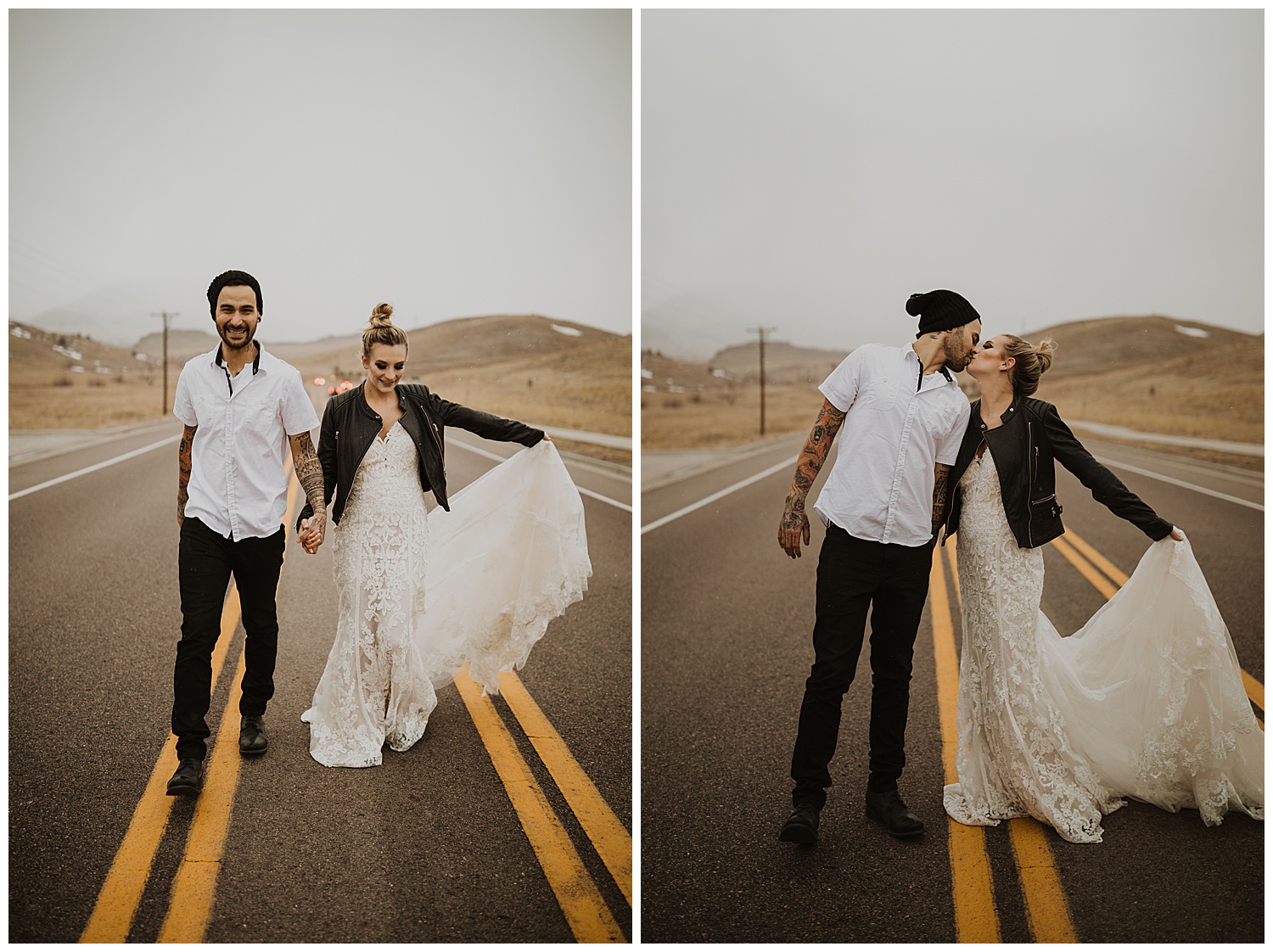
Ashlee Crowden
DON’T
- Don’t equivocate. Don’t say things like well, not really or we will play it by ear when what you really need to say is a big fat NO. “This mini-session is for children only. I will not be shooting any family pictures as part of these sessions.”
- Don’t allude to things you may not deliver.
- Don’t bring up a reshoot or mini-session to hedge your bets then be angry when the client requests it for free later.
#ShootProofPRO Tip:
Don’t start negotiating before the client does!
When you send pricing information, stick to it! Don’t include something like “if these don’t work for you, let me know and I can create a custom package.” That language immediately tells your clients your prices are negotiable and they’ll start trying to work them to their advantage. Send your pricing with confidence and let the client make the next move.

Ashlee Crowden
Model your expectations
Demonstrate to your clients how you want to be treated by following your own rules. That means you should:
- Establish boundaries of when you will deal with business situations. Establish hours and list them on your website, social media accounts, and voicemail. Let clients know when they can expect to hear back from you.
- Stop texting or messaging after business hours if you don’t plan to be available to answer back those hours.
- Use professional language and grammar in your communications.
- Be positive in your interactions.
- Call clients on the phone to deal with tough situations instead of texting back and forth.
- Arrive on time for sessions and provide deliverables when you say you will.
- Never gossip with clients or gossip about clients with friends.
#ShootProofPRO Tip:
Ask clients to contact you in writing.
After three weeks straight of being stopped in the grocery store or while dining out with my family to discuss photo orders, I realized I needed a better system. I now carry a stack of business cards with me that I hand to the client.
I tell them “I forget things so easily these days. Please text or e-mail me at your convenience. That way, I have it written down and have your contact information. Then I can make sure I don’t overlook getting you what you need.”
It puts the ownership of their problem back in their hands. It gives me a paper trail. And it teaches them how I preferred to be contacted: in writing, not in line at the gas station.
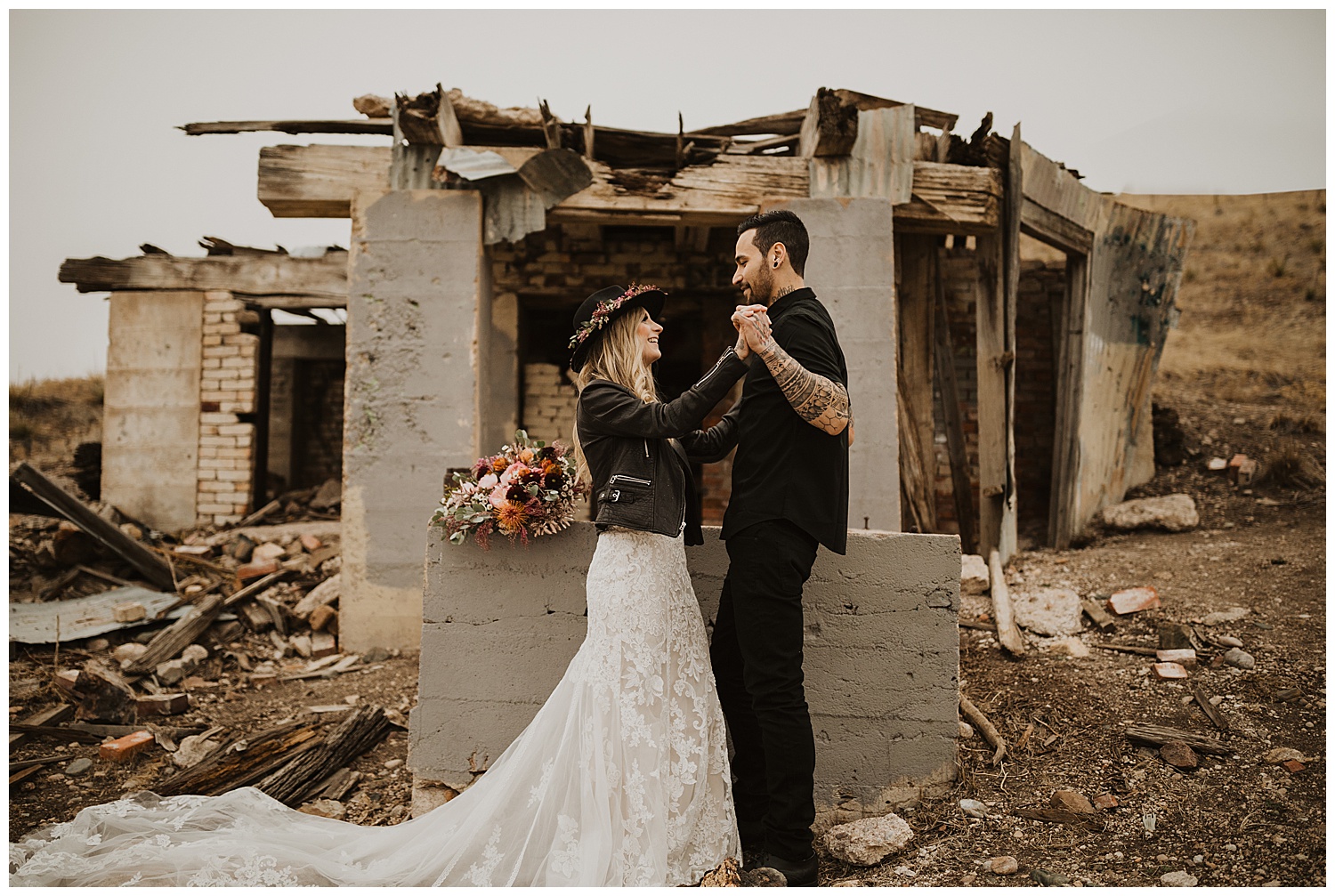
Ashlee Crowden
Learn to say yes but charge for it
There may be times where you are asked to provide a service above and beyond your normal session. Teach clients the value of that service by quoting them a price for it.
For example, if your client asks you to edit out the black bra strap in every photo in her gallery, tell her yes, then quote how much you would charge to do that per image.
“I’m happy to make those edits for you! It will require additional editing time above what is included in your gallery. The price per image will be $25.”

Ashlee Crowden
Or perhaps your client wants her full gallery delivered in three days instead of your normal three weeks. Place a value on that service and share that value with the client.
“I do offer a rush delivery service for galleries. There will be an additional $250 charge to deliver your gallery in that time frame.”
Again, clients aren’t photographers. They don’t understand how much work a seemingly simple request can be unless you educate them.
By placing a monetary value on services, you demonstrate to your client that you value your time and efforts. They can choose to pay for those services or they can live with the original terms of the session.
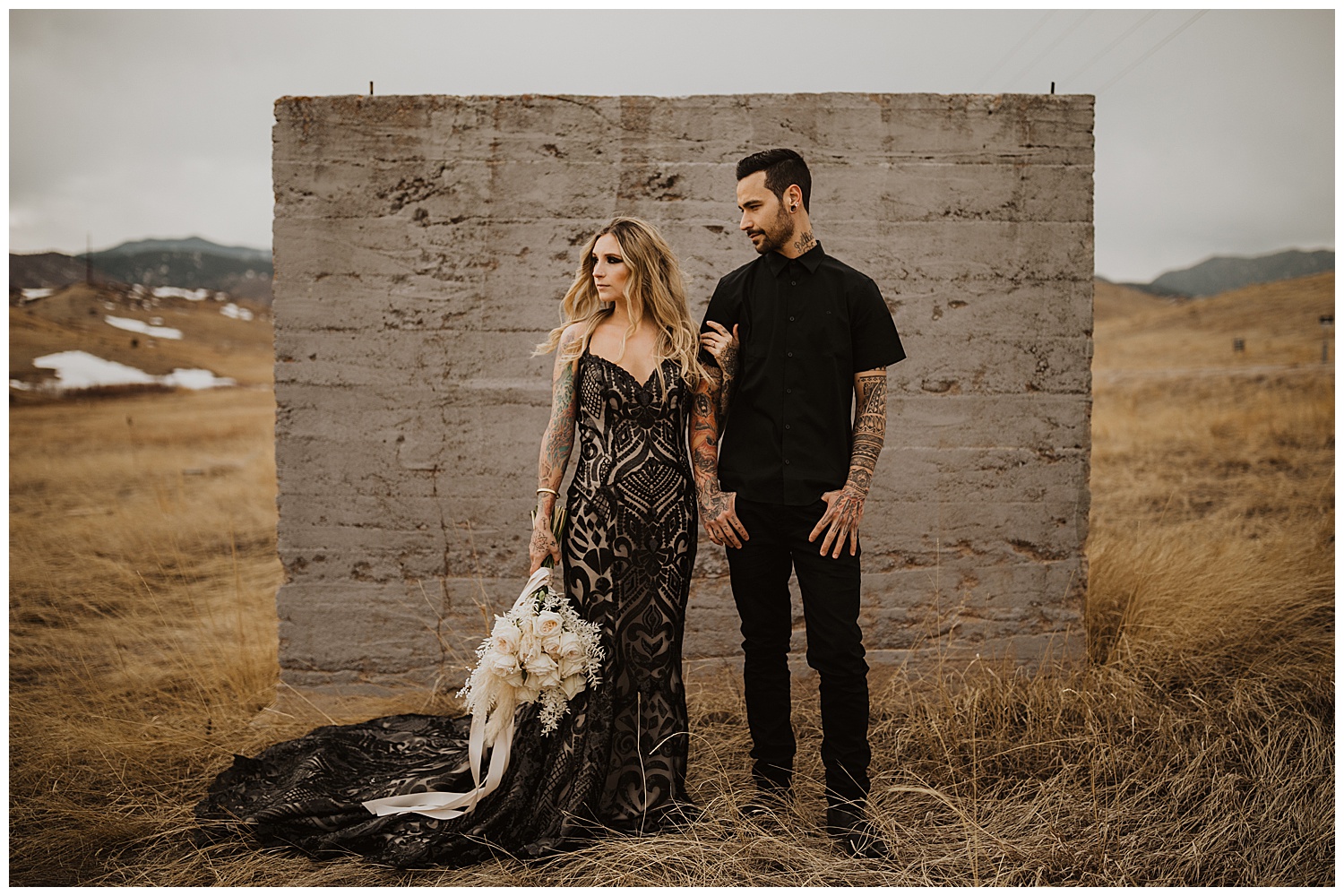
Ashlee Crowden
Learn to walk away
Sometimes the best way to teach people how to treat you is by simply walking away from the job entirely.
You DO NOT have to tolerate any form of harassment or slurs against your gender, sexual identity, age, race, or religious beliefs.
No amount of money is worth enduring a toxic relationship.
It’s also okay to walk away from people who don’t value your time and work, or from people you simply don’t click with. You don’t have to work for free or for pennies on the dollar for someone else’s cause!
You can say no to a job, refer a client to another photographer, or simply tell the client you aren’t a good fit for them.
Just be sure to act professionally and firmly decline the job.
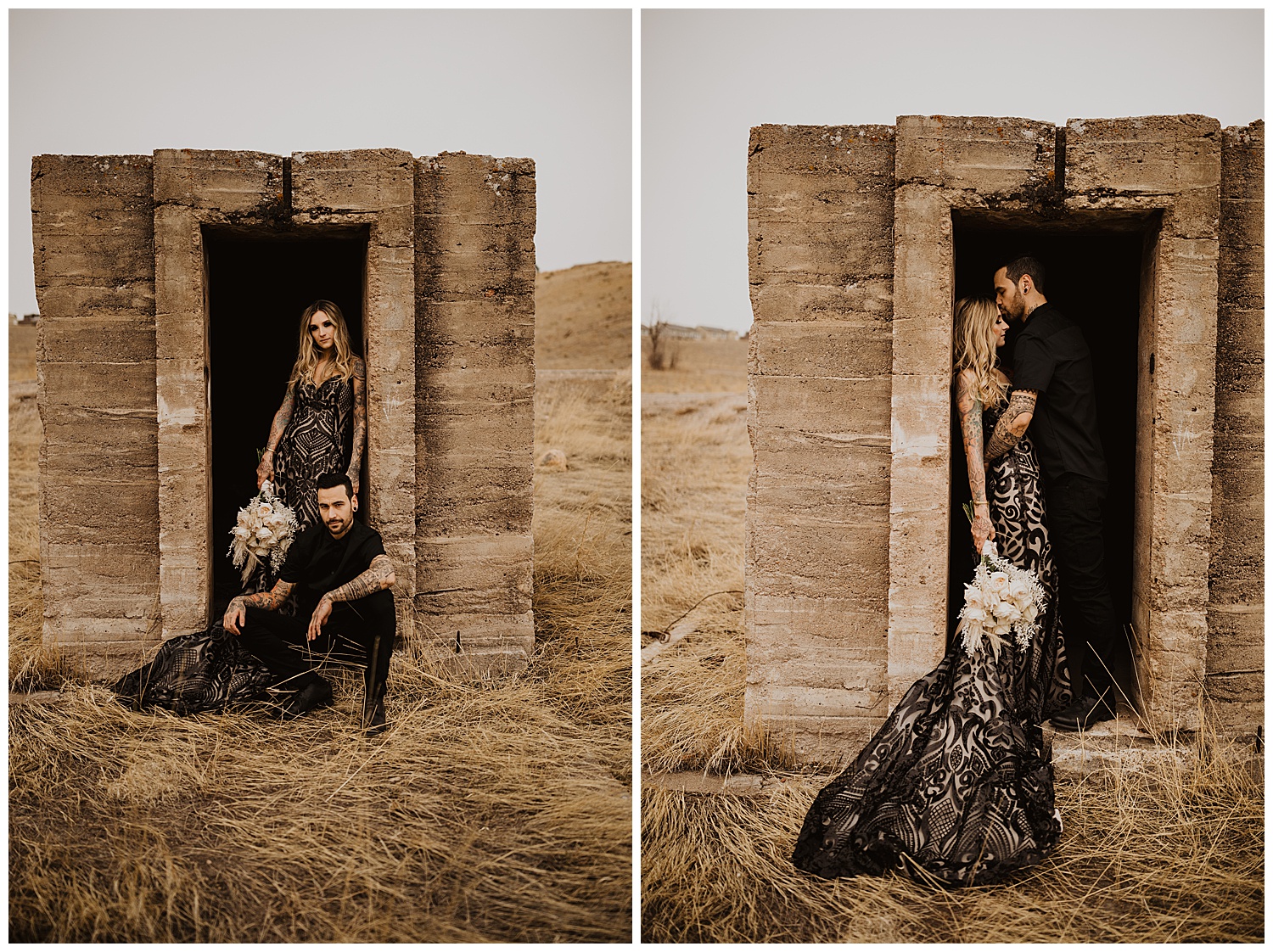
Ashlee Crowden
Here are a few ideas on what to say to walk away gracefully:
- I’m not the right photographer for this job. Below are the names and phone numbers of other professional photographers in the area I know and trust. They might be a better fit for your needs.
- I’m unable to offer any discounted sessions at this time. But if you follow me on social media, you can find out when I run specials or offer contests to win sessions.
- I’m not taking any additional volunteer opportunities at this time. I appreciate your cause and wish you success with your event. Please send me the details of your event, and I’m happy to share it with my followers on social media.

Ashlee Crowden
BUT REMEMBER:
Taking charge of the relationship and fear are two separate issues. Canceling on a client because you’ve let the situation get out of control isn’t taking charge of the situation, it’s avoidance. So is the silent treatment.
Remember, the key is to take command of the situation from the beginning.

Ashlee Crowden
Teaching clients how to treat us isn’t about controlling them. Rather, it’s about creating an environment where solid relationships can grow. Take ownership of your role in the photographer-client relationship and start setting boundaries.
When you begin to understand how what you say or do sets the stage for how a client responds, you’ll be able to start paving the way for great client relationships and be ready to live your best life, professionally speaking!
Written by TERESA MILNER | Photos by ASHLEE CROWDEN via Two Bright Lights
The post Photo Clients & Jerky Ex-Boyfriends: Teach People How to Treat You appeared first on ShootProof Blog.

